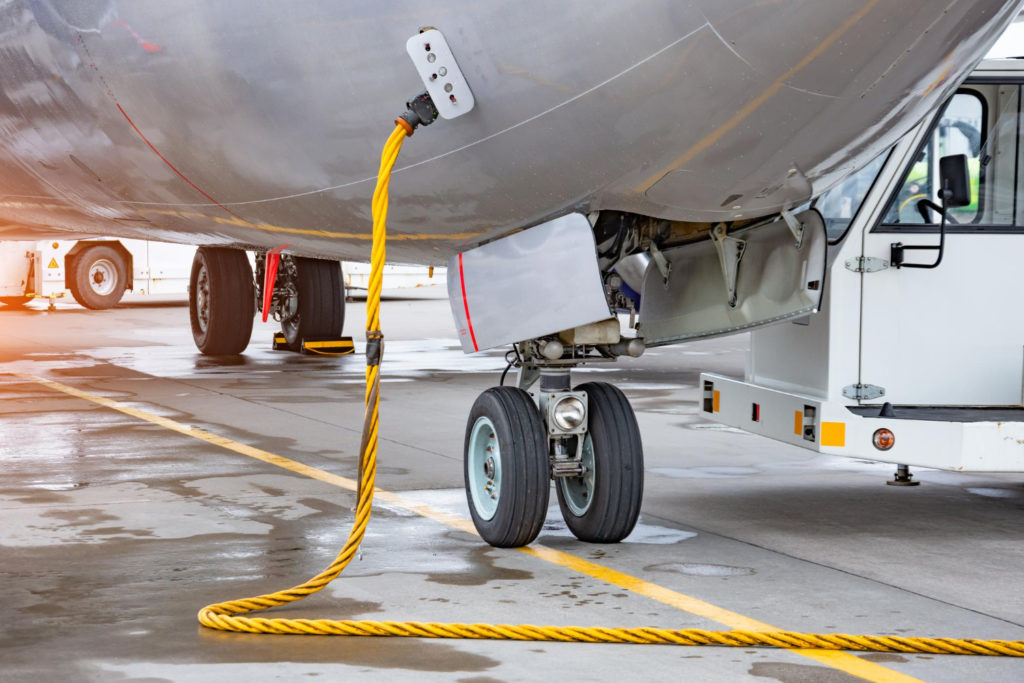Welcome to our webpage on commercial aviation gas pump maintenance, parts, and installation. In this article, we will discuss the importance of maintaining aviation gas pumps, the different parts involved in their maintenance, and the process of installation.
Aviation gas pumps are critical components of any commercial aviation fueling system. They are responsible for accurately measuring and dispensing the fuel that powers aircraft. Proper maintenance of these pumps is essential to ensure they remain in good working condition, and accurate measurements are maintained.
Maintenance
Maintenance of aviation gas pumps is crucial to ensure their safe and efficient operation. Regular maintenance should include checking the pump for leaks, ensuring that all seals and valves are in good condition and that the meter is accurate. Regular inspections of the pump and its components should be conducted to ensure that any problems are identified and addressed quickly.
Parts
There are several components of an aviation gas pump that require regular maintenance. Some of these parts include:
Meter: This is the component that measures the amount of fuel being dispensed. Regular calibration and testing of the meter is critical to ensure accuracy.
Filters: Aviation fuel must be filtered to remove any impurities or contaminants that could damage the aircraft engine. Filters should be changed regularly to ensure clean fuel is being dispensed.
Valves: There are several valves involved in the fueling process, including the main valve, relief valve, and emergency shut off valve. These valves should be inspected regularly to ensure they are functioning correctly.
Hoses: The hoses used to dispense the fuel should be checked regularly for cracks or other signs of wear. Damaged hoses should be replaced immediately to prevent leaks.
Installation
The installation of an aviation gas pump requires careful planning and consideration. The pump should be located in a safe and easily accessible location, and all necessary permits and approvals should be obtained before installation. The installation process typically involves connecting the pump to a fuel storage tank, installing the necessary piping and valves, and connecting the electrical system.
In conclusion, the maintenance, parts, and installation of commercial aviation gas pumps are critical to ensuring their safe and efficient operation. Regular maintenance and inspections of the pump and its components should be conducted, and any problems should be addressed promptly. Additionally, careful planning and consideration should be given to the installation process to ensure a safe and compliant system.
